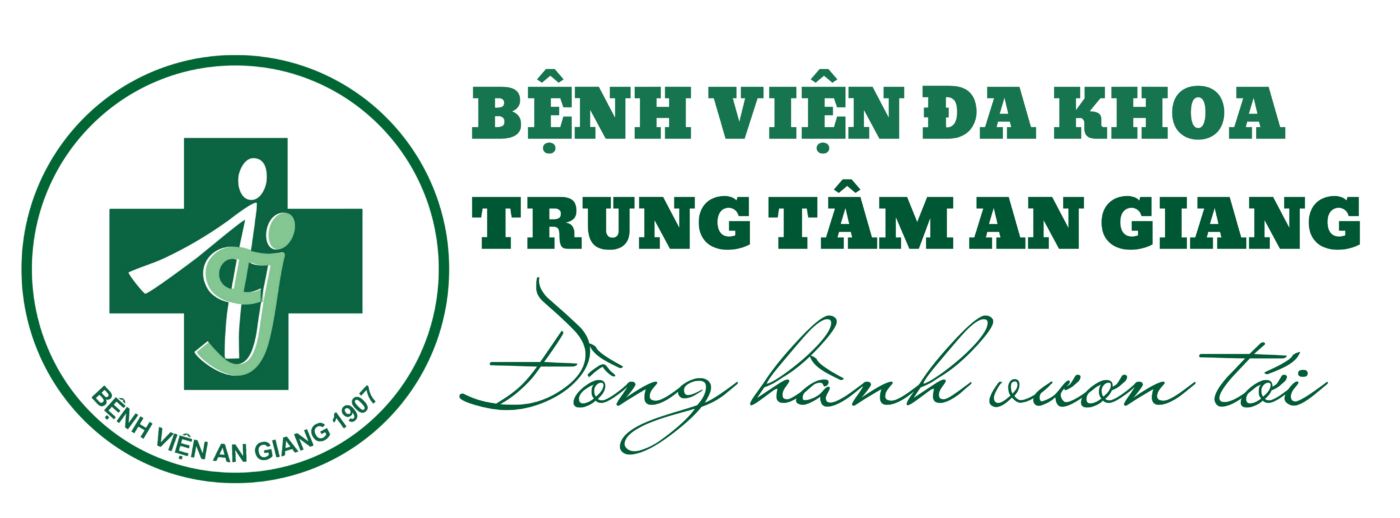Stroke. 2013 Feb;44(2):448-56. doi: 10.1161/STROKEAHA.112.668277. Epub 2013 Jan 3.
Ní Chróinín D, Asplund K, Åsberg S, Callaly E, Cuadrado-Godia E, Díez-Tejedor E, Di Napoli M, Engelter ST, Furie KL, Giannopoulos S, Gotto AM Jr, Hannon N, Jonsson F, Kapral MK, Martí-Fàbregas J, Martínez-Sánchez P, Milionis HJ, Montaner J, Muscari A, Pikija S, Probstfield J, Rost NS, Thrift AG, Vemmos K, Kelly PJ.
Source: Neurovascular Unit for Applied Translational Research and Therapeutics, Mater University Hospital/Dublin Academic Medical Centre, University College Dublin, Ireland. dmmnic@umail.ucc.ie
BACKGROUND AND PURPOSE:
Although experimental data suggest that statin therapy may improve neurological outcome after acute cerebral ischemia, the results from clinical studies are conflicting. We performed a systematic review and meta-analysis investigating the relationship between statin therapy and outcome after ischemic stroke.
METHODS:
The primary analysis investigated statin therapy at stroke onset (prestroke statin use) and good functional outcome (modified Rankin score 0 to 2) and death. Secondary analyses included the following: (1) acute poststroke statin therapy (≤ 72 hours after stroke), and (2) thrombolysis-treated patients.
RESULTS:
The primary analysis included 113 148 subjects (27 studies). Among observational studies, statin treatment at stroke onset was associated with good functional outcome at 90 days (pooled odds ratio [OR], 1.41; 95% confidence interval [CI], 1.29-1.56; P<0.001), but not 1 year (OR, 1.12; 95% CI, 0.9-1.4; P=0.31), and with reduced fatality at 90 days (pooled OR, 0.71; 95% CI, 0.62-0.82; P<0.001) and 1 year (OR, 0.80; 95% CI, 0.67-0.95; P=0.01). In the single randomized controlled trial reporting 90-day functional outcome, statin treatment was associated with good outcome (OR, 1.5; 95% CI, 1.0-2.24; P=0.05). No reduction in fatality was observed on meta-analysis of data from 3 randomized controlled trials (P=0.9). In studies restricted to of thrombolysis-treated patients, an association between statins and increased fatality at 90 days was observed (pooled OR, 1.25; 95% CI, 1.02-1.52; P=0.03, 3 studies, 4339 patients). However, this association was no longer present after adjusting for age and stroke severity in the largest study (adjusted OR, 1.14; 95% CI, 0.90-1.44; 4012 patients).
CONCLUSIONS:
In the largest meta-analysis to date, statin therapy at stroke onset was associated with improved outcome, a finding not observed in studies restricted to thrombolysis-treated patients. Randomized trials of statin therapy in acute ischemic stroke are needed.





